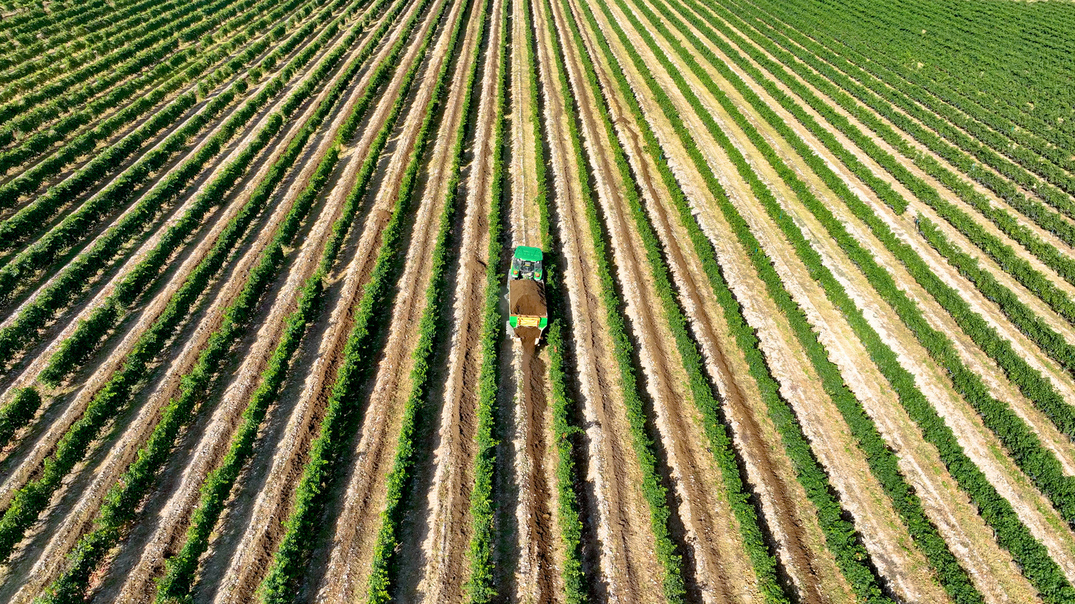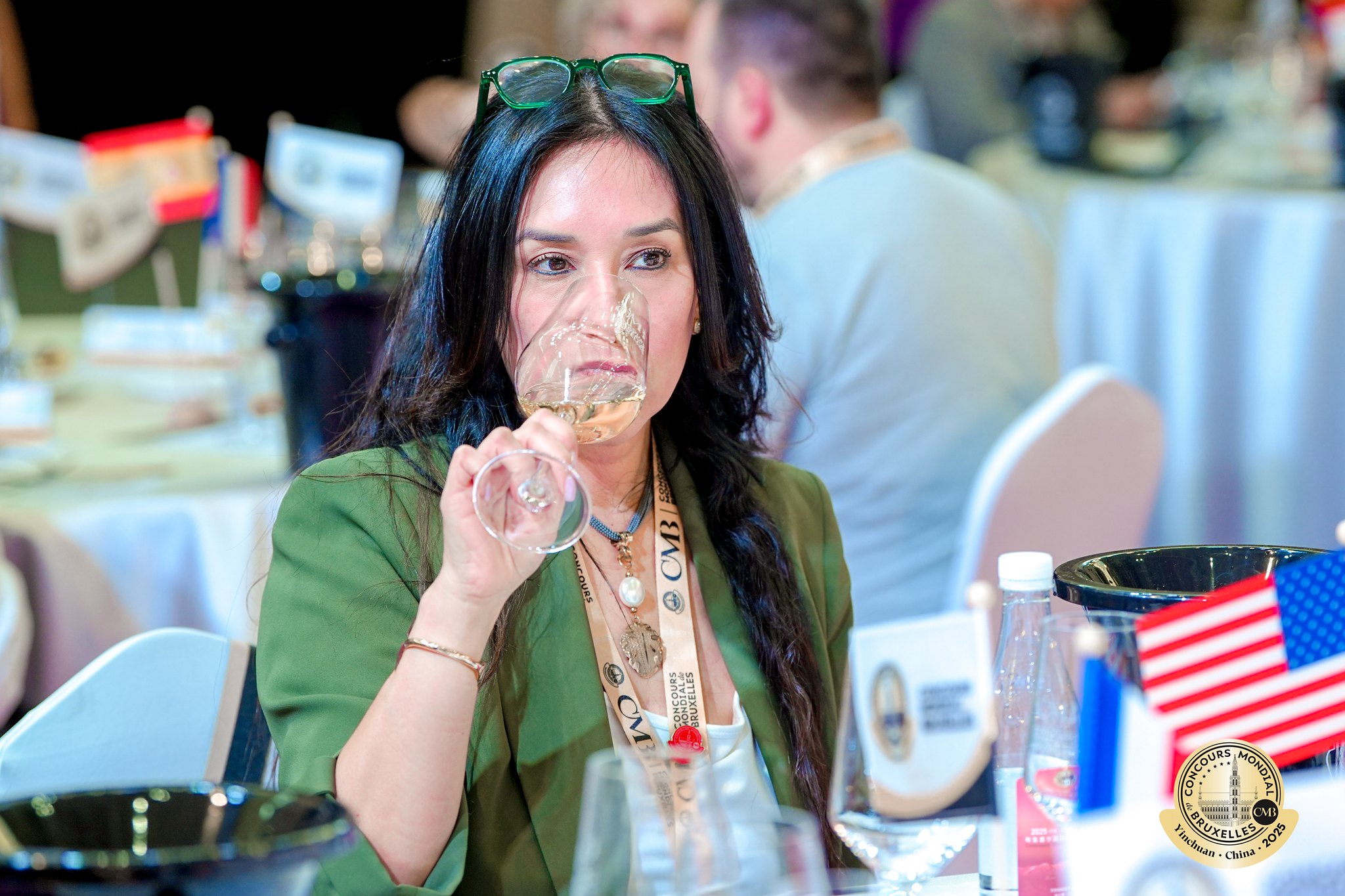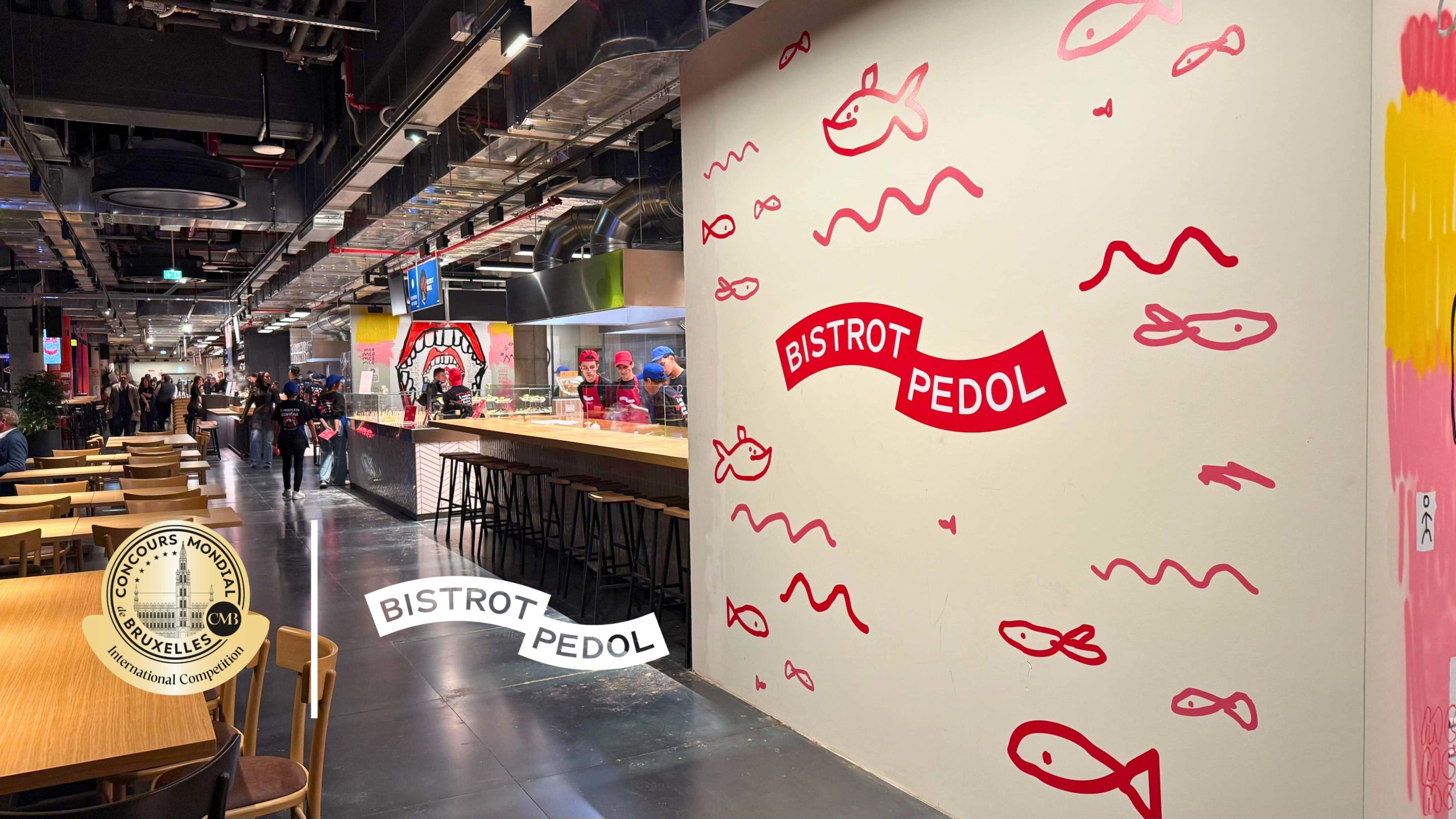The strengths of Ningxia’s grape varietals

For its 32nd edition, the Concours Mondial de Bruxelles will take place from June 9 to 12, 2025, in Yinchuan, the capital of Ningxia, China. This city, located at the foot of the Helan Mountains, is recognized as the heart of Chinese viticulture. Through these articles, we offer you a glimpse of Ningxia, its unique terroir, and its remarkable rise in the world of wine.
Previously, we highlighted how Ningxia’s winemakers combine traditional wisdom with cutting-edge techniques to overcome challenges posed by the region’s extreme climate. With an ideal balance of sun, soil, and smart vineyard practices, Ningxia is positioning itself as a powerhouse in the world of wine.
Most of Ningxia’s grape varieties are of Eurasian origin. Some were introduced from Shandong in 1983 by the Ningxia Agricultural Group, while others arrived from France in 2013 and 2014 through the Ningxia Wine Industry Development Bureau.
As a young wine region, Ningxia had to experiment extensively to identify varieties best suited to its terroir. Many were gradually eliminated due to poor adaptation or limited market appeal.
Today, after more than 30 years of trials, Ningxia cultivates 21 varieties and 27 clones selected for their performance and market acceptance.
Let’s take a closer look at the main grape varieties that shape the vineyard of Ningxia:
Marselan:
Ningxia rising star A cross between Cabernet Sauvignon and Grenache, Marselan has become one of Ningxia’s signature grapes. While it struggled to gain a foothold in Europe, it has thrived in China, especially in Ningxia’s terroir. Marselan produces wines with vibrant aromas of red berries, lychee, and raspberry, offering fine tannins and impressive aging potential. Since 2014, Ningxia’s Marselan wines have won numerous awards, standing out for their adaptability and outstanding production qualities.
Cabernet Sauvignon:
The king of “red” grapes Originally from Bordeaux, Cabernet Sauvignon dominates Ningxia’s vineyards, accounting for over 70% of red grape plantings. Its success here is thanks to ideal growing conditions: large diurnal temperature shifts, rocky soils, and low rainfall.
Typically aged in oak barrels, Ningxia’s Cabernet Sauvignon wines are known for their bold aromas of dark fruits, green pepper, mint, and subtle cedar and coffee notes, offering a robust structure and excellent aging capacity.
Cabernet Gernischt:
A national treasure Introduced to China in the 19th century, Cabernet Gernischt is a uniquely Chinese grape, deeply tied to the country’s winemaking history. Less tannic than Cabernet Sauvignon, it yields smooth, fruity wines with notes of red berries and green pepper. Though it produces relatively low yields, Cabernet Gernischt is celebrated in Ningxia for its distinctive regional character.
Merlot:
The ideal partner Merlot, one of France’s most beloved grapes, also thrives in Ningxia’s humus-rich soils. It produces supple, spicy wines with rich red and black fruit flavors. Often blended with Cabernet Sauvignon and other varieties, Merlot adds softness and balance to Ningxia’s celebrated blends.
Syrah:
A promising future Though still relatively rare in Ningxia, Syrah shows great promise. Suited to warm climates, it delivers fruit-forward, floral, and spicy wines with notes of blackberry, black cherry, and violet. More and more wineries are producing standout Syrahs, offering an exciting alternative to the region’s more classic reds.
Pinot Noir:
Elegance and refinement The noble grape of Burgundy, Pinot Noir, is also grown in Ningxia, though in limited quantities. Known for its delicacy and complexity, it produces elegant wines with aromas of strawberry and cherry. Top examples come from estates like Xinhuibin Winery and Château Lansai, showcasing the potential for refined Pinot Noir in the region.
White Varieties:
Chardonnay, Riesling, and beyond Ningxia’s white wines are just as compelling. Chardonnay, often called the “king of white grapes,” adapts beautifully to the region, producing tropical-fruited wines with notes of pineapple and peach. Riesling, though less widespread, crafts wines with floral, mineral, and ripe fruit characters. Petit Manseng, planted in Ningxia’s warmer areas, is used to make high-quality sweet wines, further demonstrating the diversity and potential of the region’s white varieties.
To be continued: Exploring Ningxia part 1: Shizuishan and Yinchuan
Baudouin Havaux


